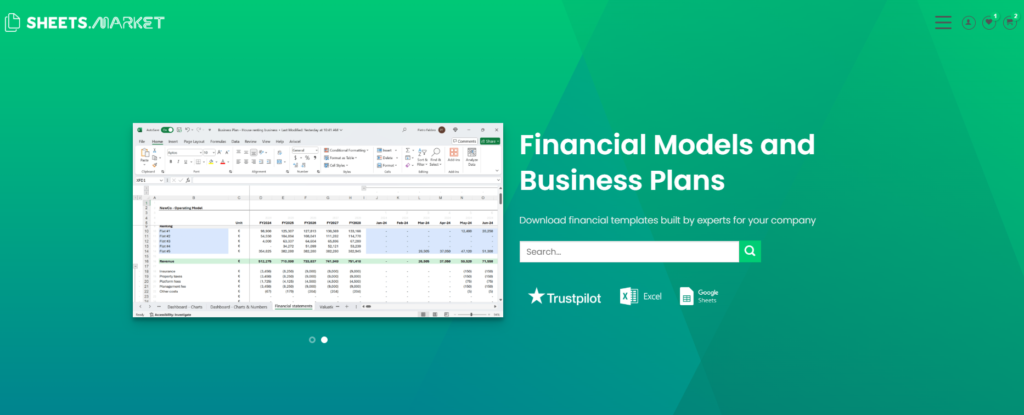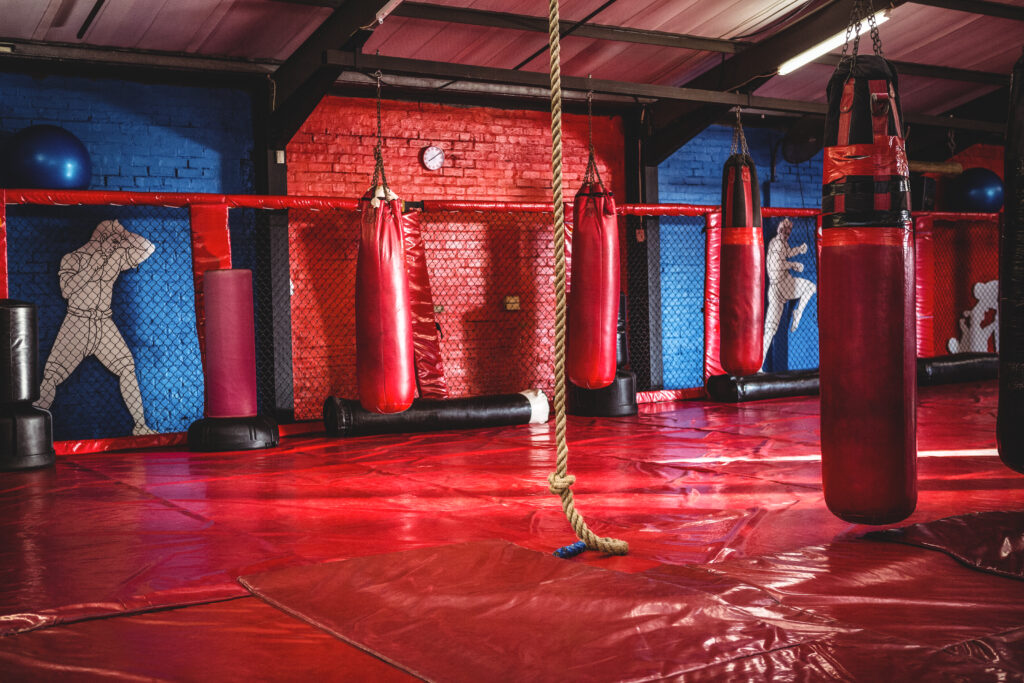Business Planning & Strategy, Financial Models
Boxing Gym Business: Costs, Revenue Potential & Profitability
CapEx is moderate, with investment required for ring installation, padded flooring, punching equipment, and functional training infrastructure. A typical facility spans 2,000 to 5,000 sq. ft., including training, cardio, and locker areas.
| Asset Category | Cost Range (USD) | Notes |
|---|---|---|
| Boxing Ring, Heavy Bags, Mitts, Equipment | 30,000 to 55,000 | Professional ring, wall mounts, gloves, pads, speed bags |
| Flooring, Mirrors, Matting | 20,000 to 40,000 | Rubber flooring, padded zones, cleaning systems |
| Reception, Locker Rooms, Showers | 10,000 to 20,000 | Benches, front desk, restrooms |
| Sound, Lighting, Ventilation | 5,000 to 10,000 | Music system, industrial fans, LED lighting |
| CRM, POS, Booking, Digital Waivers | 5,000 to 10,000 | Billing automation, scheduling, membership management |
Total CapEx: 70,000 to 135,000 USD, driven by training area scale and equipment quality.
Revenue Model
Revenue is built on recurring memberships, with additional streams from personal training, small-group technical sessions, merchandise, and amateur fight prep. Loyalty is high when the gym offers progression, recognition, and a sense of belonging.
Annual Revenue Potential for a 3,000 sq. ft. Boxing Gym (180 Active Members)
| Revenue Stream | Volume Assumption | Annual Revenue (USD) |
|---|---|---|
| Monthly Memberships | 180 members at 140 USD/month | 302,400 |
| Private Coaching | 35 clients at 1 session/week, 55 USD/session | 100,100 |
| Small-Group Technical Classes | 20 sessions/week at 75 USD net | 78,000 |
| Branded Apparel and Gloves | 1,000 per month avg. | 12,000 |
| Amateur Competition Prep Fees | 60 boxers at 200 USD/year | 12,000 |
| Total | 504,500 |
Top-performing gyms in major metros with hybrid fitness-skill positioning can exceed 650,000 USD/year. Narrow-scope gyms with limited services or space generally remain under 300,000 USD/year.
Operating Costs
Labor is the largest expense, especially for experienced coaches delivering both classes and private sessions. Rent and insurance are significant due to safety requirements and space. Cleaning, equipment wear, and licensing for fights must be budgeted.
| Cost Category | Annual Cost Range (USD) |
|---|---|
| Coach Wages and Payroll | 160,000 to 200,000 |
| Rent, Utilities, Insurance | 120,000 to 150,000 |
| Marketing, Community Sponsorships | 30,000 to 45,000 |
| Equipment Replacement, Maintenance | 25,000 to 35,000 |
| Cleaning, Supplies, Hygiene | 15,000 to 20,000 |
| CRM, POS, Admin Software | 10,000 to 15,000 |
| Total Operating Costs | 360,000 to 465,000 |
EBITDA = 504,500 – 360,000 to 465,000 = 39,500 to 144,500 USD
EBITDA Margin = 7.8% to 28.6%
Boxing gyms with tightly scheduled programs, strong retention, and diversified offerings maintain 20+ percent margins. Margin compression arises from low class utilization or over-dependence on salaried coaches.
Profitability Strategies
Profitability in a boxing gym depends on utilization, lifetime value, and coach-to-revenue leverage.
Begin by maximizing class load per square foot. Schedule beginner, intermediate, and fighter classes in blocks to fill peak hours. Implement hybrid classes (e.g., boxing conditioning, technique circuit) to increase throughput. Target at least 85 percent utilization of peak hours, 5 PM to 9 PM weekdays and Saturday mornings.
Use a tiered membership structure: base, unlimited, fight team, and add-on personal coaching. Encourage prepaid 6- or 12-month plans to reduce churn and stabilize cash flow. Offer free trial classes as conversion levers.
Convert regular members to higher-yield services like private coaching, small-group sparring, and technical labs. Personal sessions should command 50 percent+ gross margin, while workshops can enhance both revenue and community cohesion.
Merchandise should be mandatory: branded wraps, gloves, shirts, and towels should be integrated into onboarding. Promote a sense of identity around the gym to drive organic growth and boost apparel revenue per member.
Finally, retain fighters and advanced students through competition programming. Organize in-house exhibitions, amateur sanctioning events, and travel coaching, all positioned as value-add rather than cost centers.
So what?
A boxing gym is not simply a training space, it is a membership-yielding, skill-monetizing, identity-driven business. Profitability depends on class density, service layering, and loyalty economics. Operators who engineer utilization, upsell coaching, and foster competitive culture can achieve 25+ percent EBITDA margins on over 500,000 USD in revenue, with CapEx below 135,000 USD.

Are you considering opening your Boxing Gym business? Download the comprehensive Boxing Gym Business Financial Model Template from SHEETS.MARKET to simplify your financial planning. This tool will help you forecast costs, revenue, and potential profits, making securing funding and planning for success for your Boxing Gym business easier.



